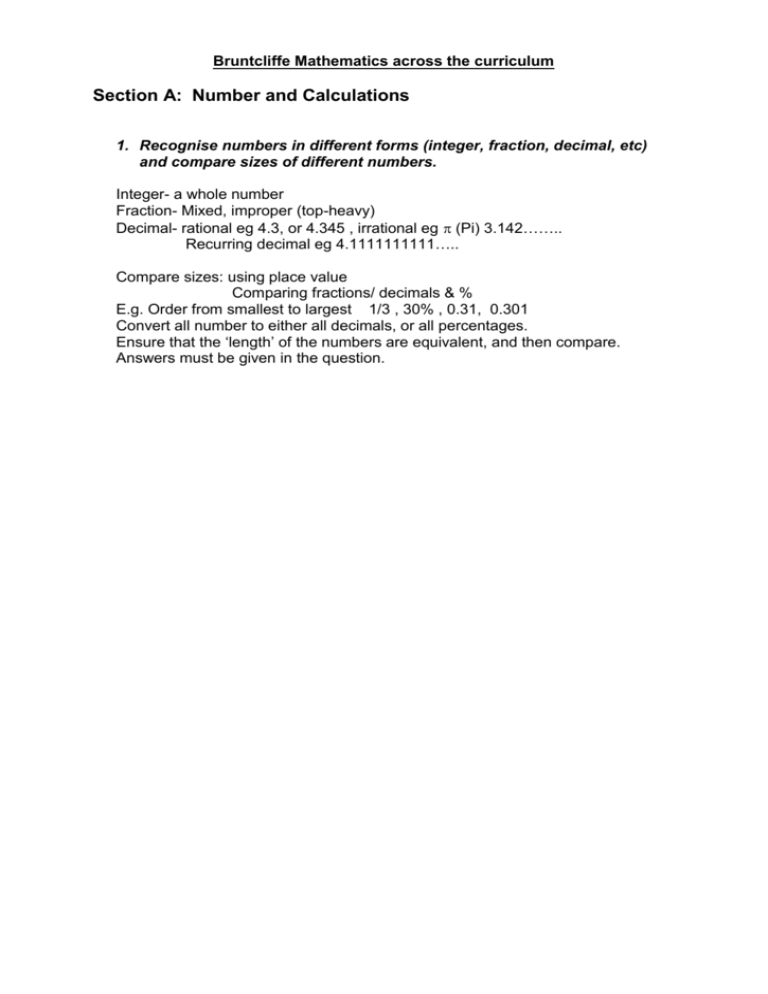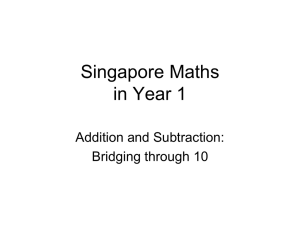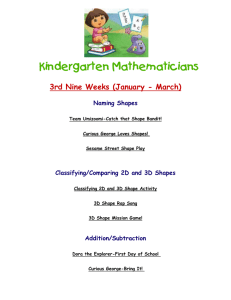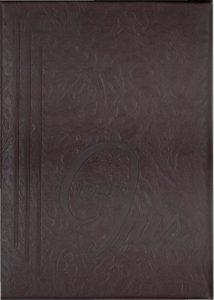Bruntcliffe Mathematics across the curriculum
advertisement

Bruntcliffe Mathematics across the curriculum Section A: Number and Calculations 1. Recognise numbers in different forms (integer, fraction, decimal, etc) and compare sizes of different numbers. Integer- a whole number Fraction- Mixed, improper (top-heavy) Decimal- rational eg 4.3, or 4.345 , irrational eg (Pi) 3.142…….. Recurring decimal eg 4.1111111111….. Compare sizes: using place value Comparing fractions/ decimals & % E.g. Order from smallest to largest 1/3 , 30% , 0.31, 0.301 Convert all number to either all decimals, or all percentages. Ensure that the ‘length’ of the numbers are equivalent, and then compare. Answers must be given in the question. 2. Estimate & approximate with numbers and measures to a sensible degree of accuracy To estimate & approximate round numbers to 1 significant figure. A sensible degree of accuracy will always complement the degree of accuracy that is given in the question. Addition & Subtraction Estimate Addition 3 456 + 975 3 500 + 1 000 = 4 500 3 456 + 975 4 431 1 1 1 Subtraction by ‘counting on’ Estimate eg 8 003 – 2 569 8 000 – 3 000 = 5 000 Start Add 2 569 1 2 570 30 2 600 400 3 000 5 000 8 000 3 Total 5 434 Subtraction by decomposition Estimate 7 9 9 1 eg 8 0 0 3 -2 5 6 9 5434 8 000 – 3 000 = 5000 11. Understand position (co-ordinates, grid reference, bearings) Co-ordinates Students should be able to plot coordinates in 4 quadrants Ensure the x-axis is labelled as the horizontal axis Ensure the y-axis labelled as the vertical axis. Ensure students write the numbers on the axis on the gridlines and not in the centre of the box. Students should mark co-ordinates with either a cross or a dot. Make sure co-ordinates are written in the form (x,y) Eg. A(6,6) b(7,-8) c(-8,-3) d(-3,2) Bearings Bearings are used as a more accurate way of measuring direction. North is 000o and we always work our way from north clockwise Bearings are always written in 3 figures, hence 1o is written 001o Eg. For each shape write down the three figure bearing presented. 070o 090o 140o 360o – 040o =320o 360o – 90o 270o 13. Understand & use 3-D and perspective. Students must recognise and name common 3D shapes. They must also understand words which can be used to describe 3D shapes. Encourage students to use the correct terminology. Students should say faces instead of sides Students should say vertices instead of corners Students should understand the 3D shapes are made from nets. They must understand that there may be more than one net for each 3D shape. Students must be able to visualise the 3D shapes that may be made from their nets They must also identify if it is possible to make a 3D shape from the net Pupils must also be able to visualise parts of 3D Shapes that may not be seen from a diagram. Eg. How many cubes are in this shape? Possible solution is to look at one row at a time then add the cubes up at the end. Top row- 6 cubes Middle row- 2 x 4 = 8 cubes Bottom row- 4 x 3 = 12 cubes






